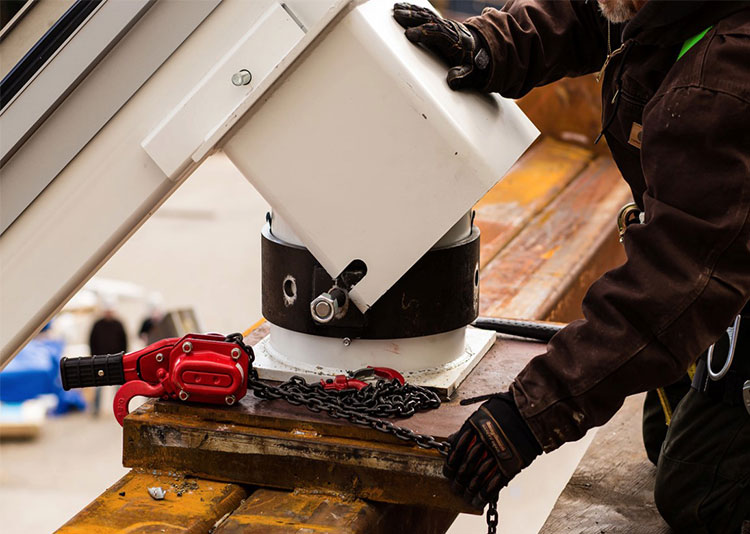DISCOVER MORE ...
DEVELOPMENT OF THE CURVATUЯ™ SYSTEM
The CURVATUЯ™ cladding system was developed from lessons learned in cladding a double curved surface for 625 W57th St. New York
Architect: BIG (Bjarke Ingels Group)
Contractor: Hunter Roberts Construction.
Façade by: Enclos Corp.
For BIG’s W57th St. project, ELEMENT partnered with Enclos Corp. and provided concept development, design assistance, fabrication and management services for the double curved slope wall cladding.

In 2011, a Design-Assist package was issued to solicit proposals from potential vendors for the exterior façade since no system existed for construction of the slope wall.
ELEMENT conducted tests with a variety of materials to determine the bending performance and formability constraints that would form the fabrication parameters for the double curved surface.


Mockups were built to verify constructability.
Full scale mockups were used to verify performance as well as assembly and installation details.


Multiple mockups were constructed to analyze and refine special conditions where the double curved skin meets the planar partitions and the deck.
Installation.

Completion.

Combining lessons learned from the W57th St. project with the latest manufacturing and software systems, ELEMENT envisioned an innovative cladding solution.
Current fabrication methods lag behind technology and opportunities exist for innovation by integrating new technology with old to improve upon current means and methods.

Modern technology assists with rendering complex architectural forms. We felt it should also assist with the conversion of these digital forms directly to components for use in construction.
Design criteria for the new system were established:
- Capable of delivering individual modules installed sequentially OR unitized into larger sub-assemblies prior to installation (or any combination thereof).
- Provide a variety of panel joint options while providing negative reveals of various sizes and configurations.
- Ability to provide thermal and/or acoustic insulation if required.
- Accommodate other services between the metal panel surface and the supporting structure.
- Effectively addresses rainwater reticulation.
- Accommodate all other typical façade requirements such as seismic and wind loads.
- Improve accuracy, accommodate complex geometry, conceal fasteners, etc.

The latest technology provides the ability to transfer data directly to manufacturing equipment.
This can greatly simplify the challenges involved in executing complex surface geometry.

